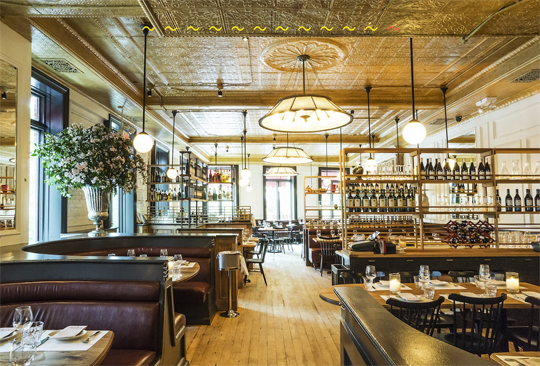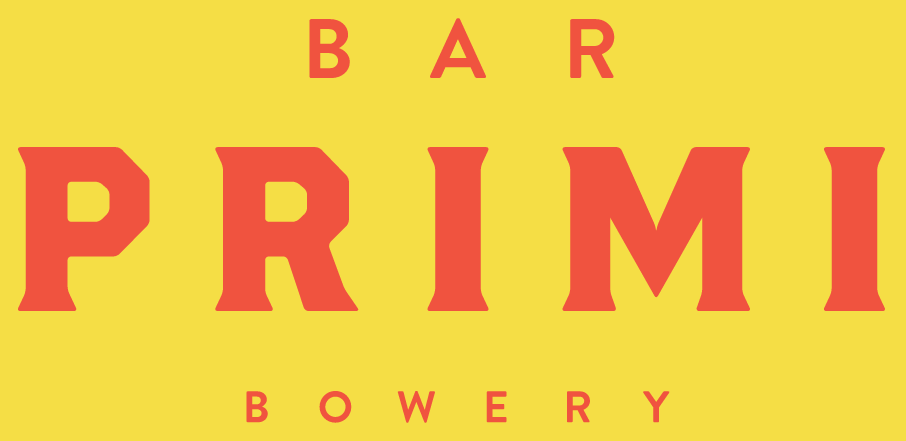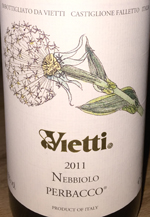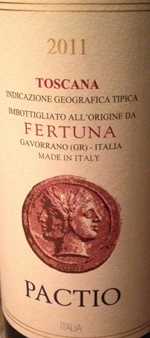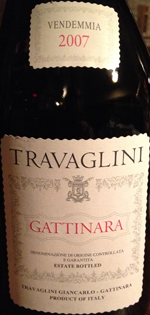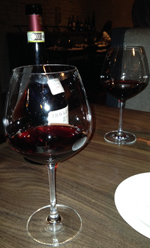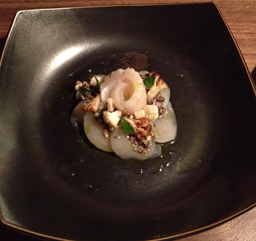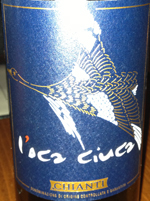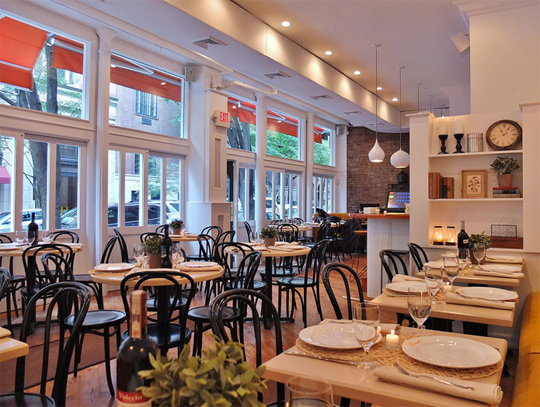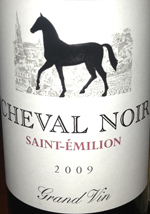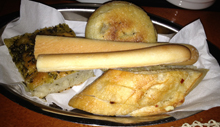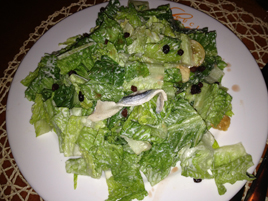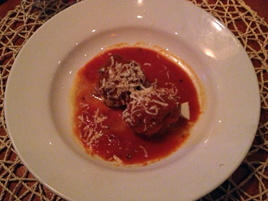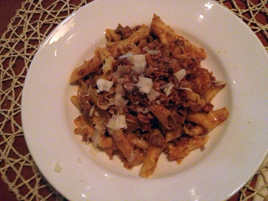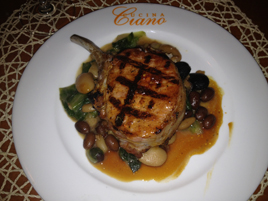
 It’s hard to understand why reservations at Quality Italian are so difficult to come by. But difficult they are: for prime time on a Wednesday, I booked a month in advance.
It’s hard to understand why reservations at Quality Italian are so difficult to come by. But difficult they are: for prime time on a Wednesday, I booked a month in advance.
But the Stillman family, whose patriarch started (but no longer own) the T.G.I. Friday’s chain, has long had an eye for populism. They still own the iconic flagship Smith & Wollensky’s, not an “A” steakhouse by any means, but a very solid B+. And I’m a big fan of their very good, if ineptly named, modern take on the genre, Quality Meats, which is still humming along after eight years in business.
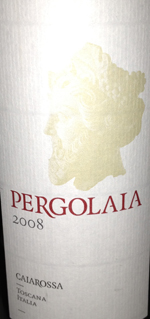 Their forays out of the steak business have had mixed results, from the successful Park Avenue [name-your-season] (which lost its lease recently, but is supposedly relocating), to the best forgotten Hurricane Club (also now closed).
Their forays out of the steak business have had mixed results, from the successful Park Avenue [name-your-season] (which lost its lease recently, but is supposedly relocating), to the best forgotten Hurricane Club (also now closed).
The family expanded late last year, with Quality Italian in West Midtown. The website name, qualitybranded.com, gives the strong impression that there are more Qualities to come. And why not? Steakhouses are the most replicable high-end restaurant genre of them all, and the Stillmans’ model clearly works.
Craig Koketsu is the executive chef here, as he has been at all of the Stillmans’ recent projects. Spread as thin as he is, with so many disparate concepts, he nevertheless hits on a winning idea or two at each restaurant, and hires a strong kitchen team to execute it.
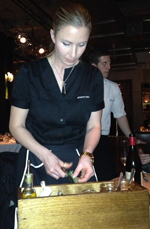 Steak is at the core of the menu at Quality Italian, and if you order that you won’t be sorry. Stray beyond the steaks, your mileage will vary. A massive Chicken Parmigiana for two that resembles a pizza ($29pp) flies out of the kitchen. Most of the professional critics disliked it, and we were not willing to take a chance.
Steak is at the core of the menu at Quality Italian, and if you order that you won’t be sorry. Stray beyond the steaks, your mileage will vary. A massive Chicken Parmigiana for two that resembles a pizza ($29pp) flies out of the kitchen. Most of the professional critics disliked it, and we were not willing to take a chance.
The rest of the menu triangulates steakhouse and Italian standards, some straightforward, others tarted up. If you’ve ever wanted to try agnolotti pasta with dry-aged porterhouse, now you’ve got your chance. If chefs are putting dry-aged beef into burgers, pasta surely had to be next.
 Pete Wells found the place gimmicky, and there’s a bit of that. A server dressed like a French maid wheels a cart to your table and makes steak sauce as you watch (above right). The great irony is that when the steaks are as good as they are here, you shouldn’t even need the sauce. After all her labor, I thought I ought to try it, but found it quite unnecessary and quickly gave up.
Pete Wells found the place gimmicky, and there’s a bit of that. A server dressed like a French maid wheels a cart to your table and makes steak sauce as you watch (above right). The great irony is that when the steaks are as good as they are here, you shouldn’t even need the sauce. After all her labor, I thought I ought to try it, but found it quite unnecessary and quickly gave up.
But for all the gimmicks, there’s a serious wine list, running about 10 pages with a strong selection of Bordeaux, California Cabs, Super Tuscans, and so forth. You won’t find many bargains, but the list isn’t out of line with the restaurant’s price range. It’s hard to do business below $60; at $69, the 2008 Pergolaia (above left) was not a bad way to go.
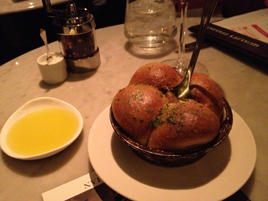
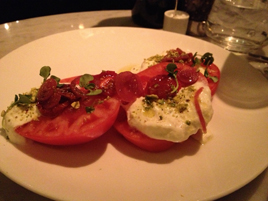
Garlic bread (above left) comes to the table straight out of the oven. Beefsteak Tomato and Stracciatella ($15; above right) is an excellent riff on the old steakhouse classic.
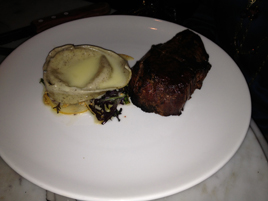

Many steak connoisseurs hate filet, in which case they’ll hate Quality Italian, which has a whole section of the menu devoted to it. We’re contrarians: Wendy orders filet consistently, and as a change of pace I quite like it.
For $43, you can get a filet with a gorgonzola dolce (above left) that was so utterly irresistible it could be a dessert. The specials menu offered a dry-aged bone-in filet ($53; above right), so seldom encountered that I had to order it. For those who contend that filet has no flavor, this is your answer.
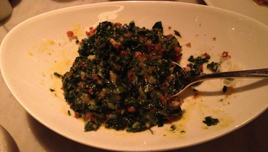

The menu engineering at Quality Italian can get on your nerves. Consider a list of side dishes captioned “New Classics.” What exactly does that mean? If it’s new, it’s not classic. But anyhow, one of these is the Kale Carbonara ($11; above left), a contraption that combines three recent fads: kale, bacon, and a poached egg, which the server punctures and mixes into the dish at tableside. Perhaps the chef means that it deserves to be a classic, and you know, he’s right.
You also wonder how a new restaurant could already have a signature dessert. Well, they claim to have one: the Limone Meringa with strawberry–basil sorbet ($10; above right). Readily shareable, it’s a first-class way to send out dinner on a high note.
The large space has received the familiar AvroKO treatment, with more farmhouse wood and Edison bulbs than the law allows. It can get a bit noisy in here, and if it ever slows down, I haven’t figured out when. The crowd skews young, ranging from date night and ladies’ night, to business dinners and midtown tourists. We usually arrive at 7:30 for an 8:00pm reservation, and get seated early. Not at Quality Italian, where we were seated at eight, on the dot. Despite the crowds, the platoon of servers is equal to the challenge. Some of the pro critics complained about the service, but we found it friendly and attentive.
On such a wide-ranging menu, and in such a busy space, I’ve no doubt you can have a mediocre meal here, and you will pay for the privilege. But if you steer clear of the gimmicks, the core steakhouse menu is very good.
Quality Italian (57 W. 57th Street at Sixth Avenue, West Midtown)
Food: Steakhouse meets Italian
Service: Good for such a large space
Ambaince: An Edison bulb barnyard
Rating: ★★
 Tuesday, March 17, 2015 at 03:19PM
Tuesday, March 17, 2015 at 03:19PM 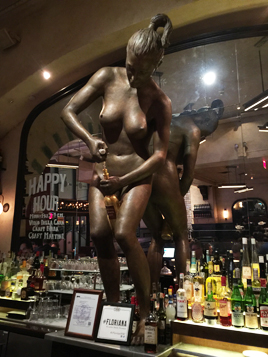

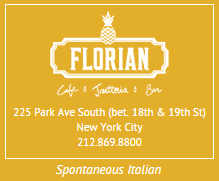 A few weeks ago, one of Pete Wells’s reviews in the Times drew this plaintive comment: “Why can’t restaurants just serve regular food anymore?”
A few weeks ago, one of Pete Wells’s reviews in the Times drew this plaintive comment: “Why can’t restaurants just serve regular food anymore?”

